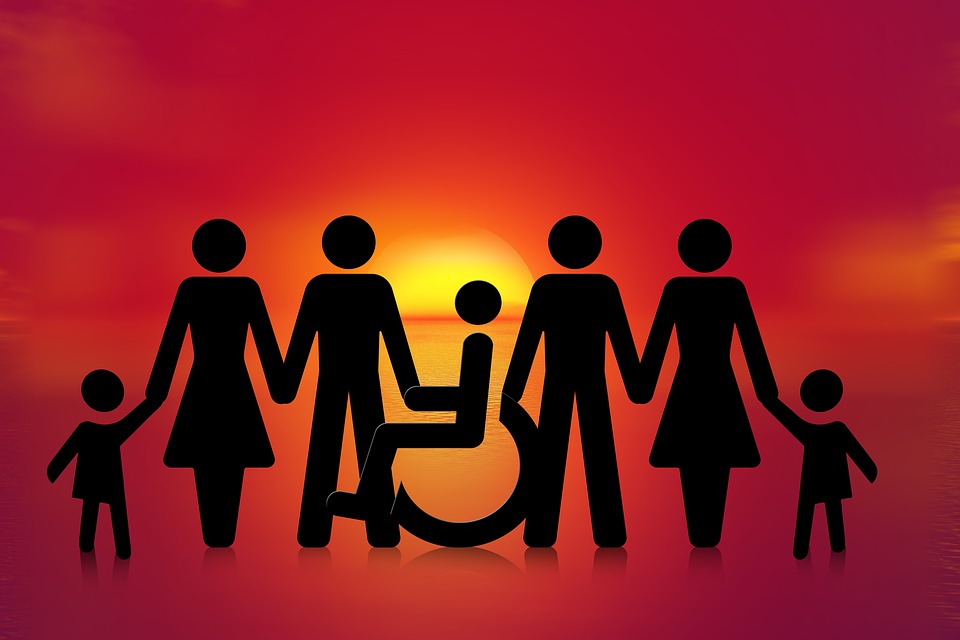One of the best bits of background information that came out from the bonus footage of the movie Zootopia is how hard its creators worked to build a world that was inclusive of and allowed access to all the different animals, at all their different sizes and structures. In order to do that, they met with various groups that represented special needs individuals, because they were the best at figuring out how the normative world needed to change in order to be more inclusive.

Sensory Impaired
For instance, for the individuals who are hearing, sight and speech impaired, navigating the world of constant communication is a nightmare. This is especially true for the sight impaired, who have to reply on their sense of hearing, touch, a guide dog or a helper to navigate the world. In order to include them in our society we need to make small adjustments in our surroundings: installing a spacious awesome changing places bathroom so that they don’t knock themselves out on the cramped quarters we usually have; including braille on sign boards and name boards; tactile paving on every road, pavement, platform, steps etc. to prevent accidents; and music cues at traffic lights to indicate when to cross.
Physically Challenged
Although this is slowly changing, the world needs to do a better job at providing access to people who are physically impaired. To this day there are billions of buildings across the world without a ramp next to their stairs – there are hospitals without them. While individuals may receive an all terrain wheelchair that will supposedly make their life easier, they still cannot navigate every surface. Also, what of those with crutches or prosthetics? Their equipment is often too clunky to navigate along slender bridges or rails, so architects need to consider firmer, more solid designs.
Intellectually/Socially Challenged
The intellectually challenged, the ones with social and learning disabilities often face the worst discrimination and have the least inclusivity in society because their ‘disability’ is not always visible. There are individuals are in their 20’s but who have not matured beyond 5 years mentally and for them, even the simple task of clearing away their desk is a challenge. Yet, they may be the most creative in their class. Inclusivity means finding ways to adapt in order to for those with learning disabilities like dyslexia to read in class; it means knowing how to calm down an autistic child; it’s about changing the colour of the classroom if the special needs learner responds better to pink walls. Overall, it’s about understanding the different requirements of all those who are challenged in some way and then addressing those needs by making a change in the environment around you. How successful that is, is up to us.